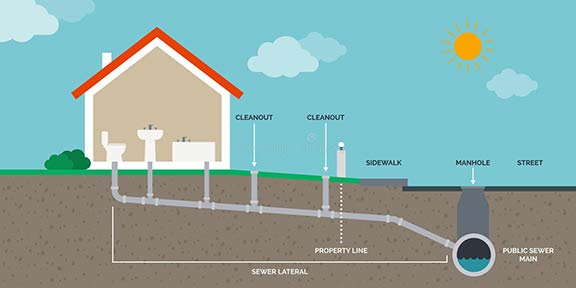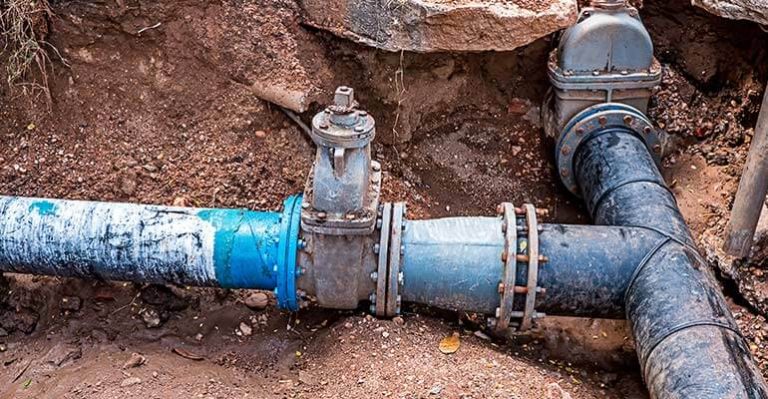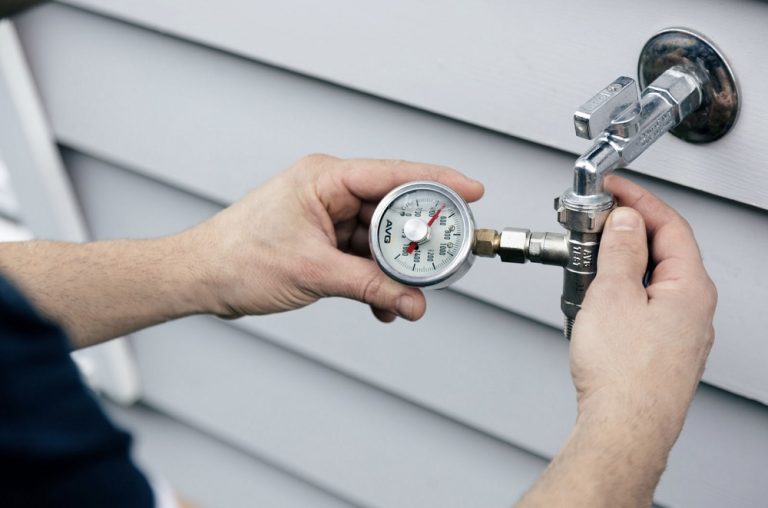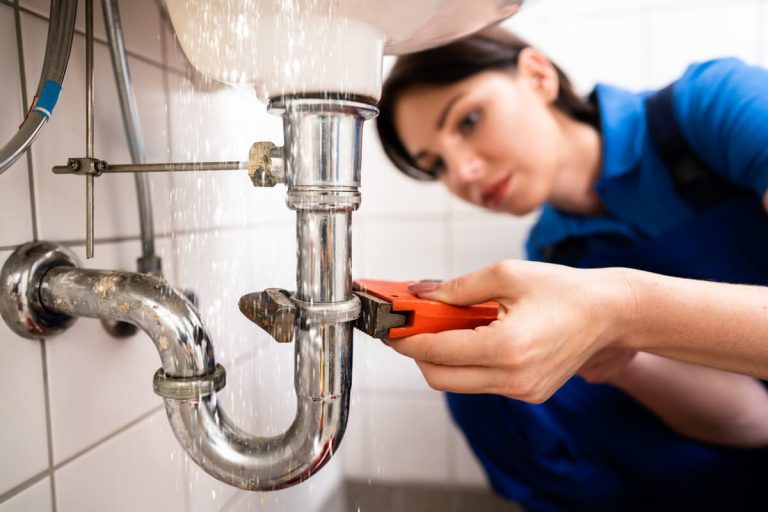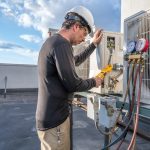A well-functioning plumbing system is essential to the comfort, convenience, and value of any home. Yet, many homeowners often overlook the pipes and sewer system until something goes wrong—like a leaky pipe or an inconvenient sewer backup. However, upgrading and maintaining these crucial components of your home not only prevents costly repairs but can also improve your daily living experience and enhance the overall value of your property. In this article, we’ll explore how upgrading your pipes and sewer system can improve your home in terms of efficiency, longevity, and sustainability, as well as provide some practical tips on how to get started.
The Importance of Well-Maintained Pipes and Sewer Systems
The primary role of the pipes and sewer system in any home is to deliver clean water and remove wastewater efficiently. Without proper functioning, the risks of water damage, unsanitary conditions, and costly repairs can increase significantly.
-
Efficient Water Delivery: Pipes are responsible for bringing fresh water into your home, whether it’s for drinking, bathing, cooking, or laundry. Over time, pipes can deteriorate due to wear and tear, corrosion, or mineral buildup. Old or damaged pipes may not only result in poor water flow but can also cause leaks, leading to potential water damage and higher water bills.
-
Wastewater Removal: The sewer system carries wastewater from your home to a treatment facility or septic system. If the sewer lines are old or damaged, you risk clogging, blockages, or even hazardous backups that can lead to unsanitary conditions. Sewer issues can quickly escalate into serious problems, making timely maintenance or upgrades crucial.
By upgrading and maintaining your pipes and sewer system, you can avoid these issues, prolong the lifespan of your plumbing infrastructure, and significantly improve your home’s overall functionality.
Benefits of Upgrading Your Pipes
Upgrading your home’s pipes may seem like a daunting task, but it offers several key advantages that will enhance your quality of life in the long run.
-
Improved Water Quality: Older pipes, especially those made from materials like lead or galvanized steel, can corrode over time, affecting the water quality coming into your home. Corrosion can lead to discoloration, unpleasant tastes or odors, and even contaminants in the water supply. Replacing old pipes with modern materials such as copper or PEX (cross-linked polyethylene) can vastly improve water quality, providing safer, cleaner water for you and your family.
-
Increased Water Pressure: Over time, pipes can become clogged with mineral deposits, especially in areas with hard water. This build-up can restrict water flow, resulting in low water pressure. Replacing old or corroded pipes can eliminate this issue, restoring strong and consistent water pressure throughout the home, which is particularly noticeable in showers, sinks, and appliances like dishwashers and washing machines.
-
Reduced Water Waste: Old pipes may have leaks or cracks that allow water to escape, which increases your water bill. Even small leaks can add up over time, resulting in wasted water and money. By replacing outdated pipes with newer, more reliable materials, you can minimize water loss and make your plumbing system more efficient. Additionally, modern pipes are designed to be more resistant to damage, ensuring fewer issues down the road.
-
Enhanced Home Value: Pipe upgrades are a wise investment for increasing the value of your home. Potential buyers will appreciate the peace of mind that comes with knowing the plumbing system is up to date and won’t require expensive repairs or replacements in the near future. A home with updated pipes is also more attractive to buyers who prioritize sustainability and water efficiency.
Improving Your Sewer System
While upgrading your pipes is an essential first step, your home’s sewer system also requires attention to ensure it is functioning at its best. A well-maintained sewer system plays a critical role in preventing expensive repairs and maintaining a healthy environment for your home.
-
Preventing Sewer Backups: A clogged or damaged sewer line can lead to dangerous backups, which can cause flooding, water damage, and unpleasant odors. Tree roots, grease build-up, and debris can all contribute to sewer clogs, leading to slow drainage or complete blockages. Regular maintenance, such as cleaning and inspecting your sewer lines, can help prevent these problems before they escalate. In some cases, installing a backflow prevention valve can provide added protection against sewer backups.
-
Upgrading Sewer Pipes: Older homes often have sewer pipes made from materials like clay, cast iron, or concrete, which are prone to cracks, corrosion, and root infiltration. Modern sewer pipes, such as those made from PVC or HDPE (high-density polyethylene), are more durable, flexible, and resistant to damage. Replacing outdated sewer pipes can increase the longevity of your system, reduce the risk of leaks or blockages, and improve the overall efficiency of wastewater removal.
-
Trenchless Sewer Replacement: If you need to replace your sewer pipes, consider using trenchless technology. This method involves minimal digging, reducing the disruption to your property while still allowing for the replacement of old, damaged pipes with new ones. Trenchless sewer replacement is less invasive than traditional methods, saving both time and money on labor costs. The new pipes are typically more durable and can handle the stresses of daily use for decades.
-
Septic System Maintenance: If your home relies on a septic system instead of a municipal sewer system, regular maintenance is key to preventing issues like clogging and overflow. Septic systems require periodic pumping to remove solids that accumulate in the tank. Failing to maintain a septic system can lead to costly repairs, odors, and even health risks. Keeping up with routine maintenance and monitoring the condition of your system will ensure it functions properly for years.
Sustainability Considerations
In today’s environmentally-conscious world, many homeowners are looking for ways to make their plumbing systems more sustainable. Upgrading your pipes and sewer system can play an important role in reducing your environmental footprint.
-
Water Efficiency: By replacing old pipes and fixtures with water-efficient models, you can significantly reduce your home’s water consumption. Low-flow toilets, showerheads, and faucets help minimize water waste without sacrificing performance. Additionally, modern pipes are designed to resist leaks, further reducing the amount of water that is lost through waste.
-
Eco-Friendly Materials: When upgrading your pipes and sewer system, opt for eco-friendly materials like PEX or PVC, which are durable and recyclable. These materials not only provide long-lasting performance but are also a sustainable choice for reducing the environmental impact of your plumbing system.
-
Energy Efficiency: A well-maintained sewer system can improve the energy efficiency of your home by preventing issues that may require extra energy to address. For instance, replacing corroded pipes that affect water pressure may lead to the more efficient operation of water heaters, saving energy and reducing utility bills.
Getting Started: Practical Steps for Pipe and Sewer Upgrades
If you’re considering upgrading your pipes or sewer system, the first step is to consult with a licensed plumber who can assess the condition of your plumbing. A professional inspection will help identify any immediate issues and guide you in making informed decisions about necessary upgrades.
-
Get an Inspection: Have a licensed plumber inspect both your pipes and sewer lines to identify any damage, blockages, or potential problem areas. Many plumbers offer video camera inspections to assess the condition of your pipes without having to dig up your yard.
-
Plan for Upgrades: If the inspection reveals significant issues, work with your plumber to develop a plan for upgrading your system. This may involve replacing old pipes, installing new sewer lines, or adding backflow protection.
-
Budget for the Project: Pipe and sewer upgrades can be a significant investment, so it’s important to budget accordingly. Consider the long-term savings in water bills, the increased value of your home, and the avoidance of future repair costs when weighing the overall cost of the project.
Conclusion
Upgrading your home’s pipes and sewer system is an investment in both functionality and value. A modern, efficient plumbing system ensures clean water, proper waste removal, and fewer problems down the road. By replacing outdated pipes, upgrading your sewer system, and embracing eco-friendly solutions, you can improve the comfort, efficiency, and sustainability of your home. Whether you’re looking to prevent costly repairs, increase your home’s value, or reduce your environmental footprint, pipe and sewer upgrades are a wise choice that will pay dividends for years to come.

